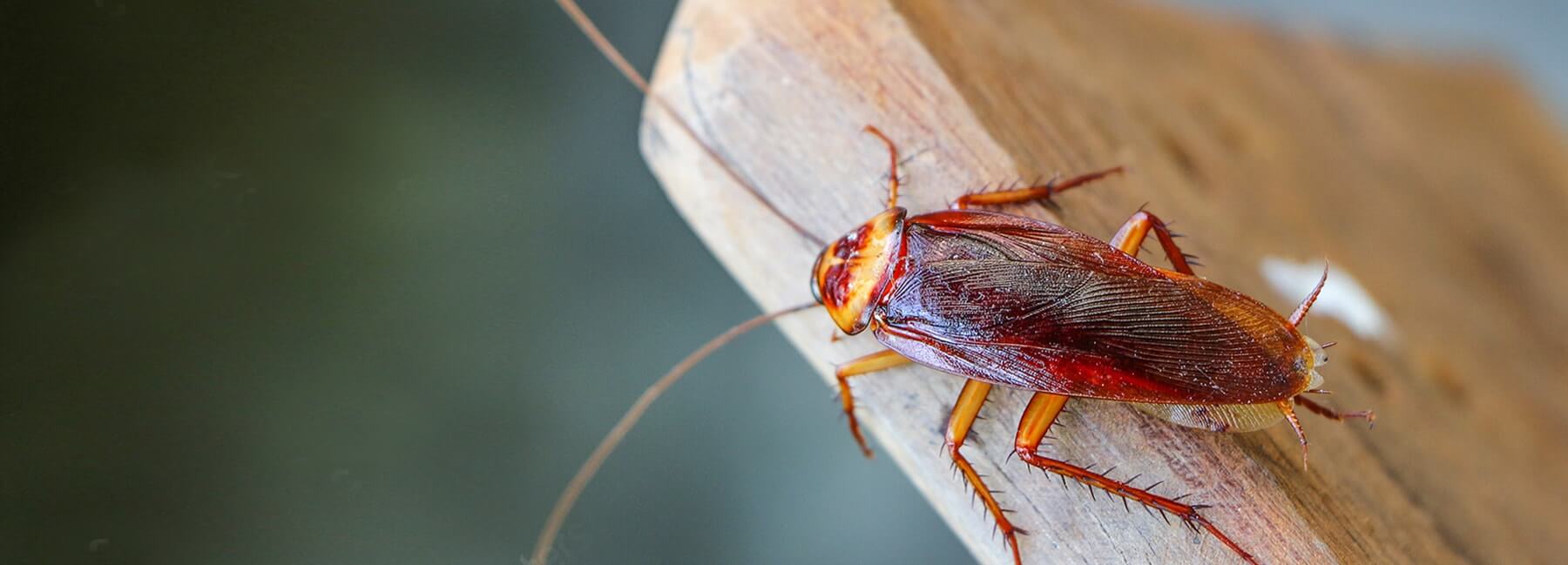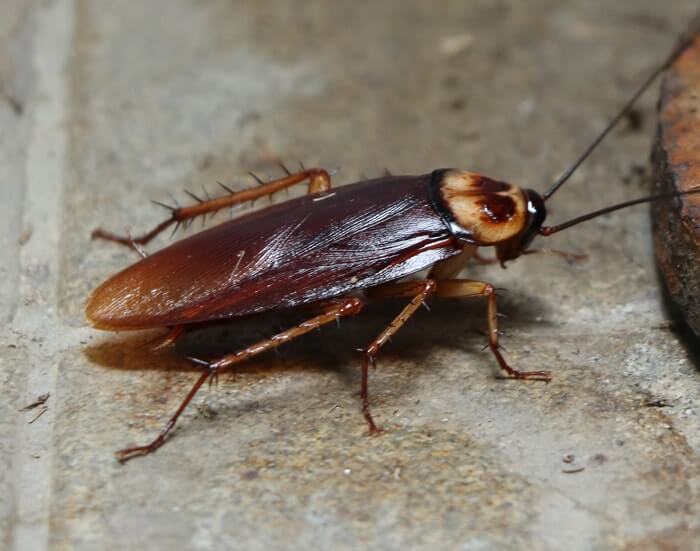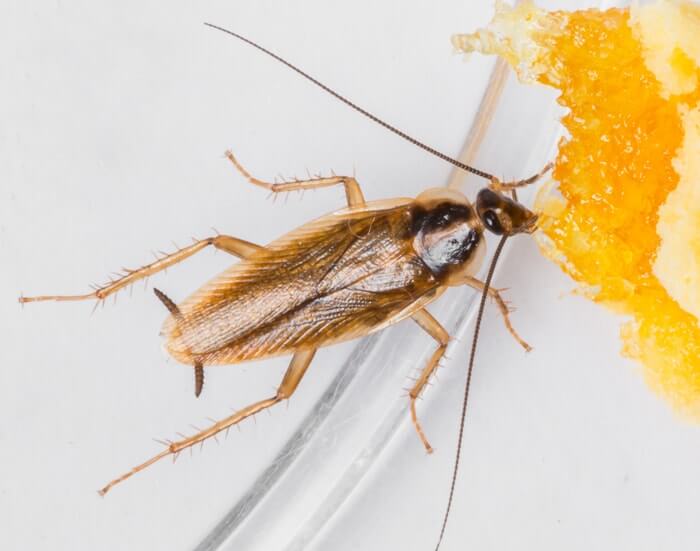
COCKROACHES
COCKROACHES BIOLOGY & LIFE CYCLE IN GENERAL
The name "cockroach" comes from the Spanish word for cockroach, cucaracha, transformed by English folk etymology into "cock" and "roach". An adult female cockroach produces an egg capsule, called an ootheca. The ootheca will be carried during incubation period and then drops until eggs are ready to hatch. Immediately after molting, cockroaches are white, but their outer covering darkens as it hardens, usually within hours. Cockroaches are nocturnal. They hide in dark, warm areas, especially narrow spaces where surfaces touch them on both sides. Immature cockroaches tend to stay in even smaller cracks where they are well protected. Cockroaches tend to congregate in corners and generally travel along the edges of walls or other surfaces. They leave chemical trails in their feces, as well as emitting airborne pheromones for swarming and mating. They have broad, flattened bodies and relatively small heads. They are generalized insects, with few special adaptations, and may be among the most primitive living neopteran insects. Cockroaches threaten human health because they transmit or aggravate many serious diseases, including food poisoning, asthma, Hepatitis E and diarrhea.




 RESIDUAL SPRAYING
RESIDUAL SPRAYING ULV MISTING
ULV MISTING GEL BAITING
GEL BAITING




